Notre Dame Cathedral: A Gothic Masterpiece
Have you ever been to Paris, the city of love and lights? If you have, you probably know one of its most famous attractions: Notre Dame Cathedral. It’s a stunning church that dates back to the Middle Ages, and it’s dedicated to the mother of Jesus, Mary. It’s also a masterpiece of Gothic art and architecture, with its soaring spires, colorful windows, and intricate sculptures. In this article, we’re going to take a closer look at this amazing cathedral, and learn more about its history, location, architecture, and restoration efforts.
What is Notre Dame Cathedral?
Notre Dame Cathedral, or Notre-Dame de Paris in French, means “Our Lady of Paris”. It’s a big and beautiful church that is the home of the archbishop of Paris, the leader of the Catholic Church in the city. It’s also a symbol of France, and a place where many important events happened, like the crowning of Napoleon, the funeral of Charles de Gaulle, and the celebration of the end of World War II. The cathedral is also full of art and culture, like its three huge rose windows, its three organs, its many statues and gargoyles, and its relics of the Passion of Christ, which include the Crown of Thorns, a nail from the Cross, and a piece of the Cross. The cathedral is also the setting of a famous novel by Victor Hugo, called The Hunchback of Notre-Dame, which tells the story of a deformed bell-ringer named Quasimodo, who falls in love with a beautiful gypsy girl named Esmeralda.
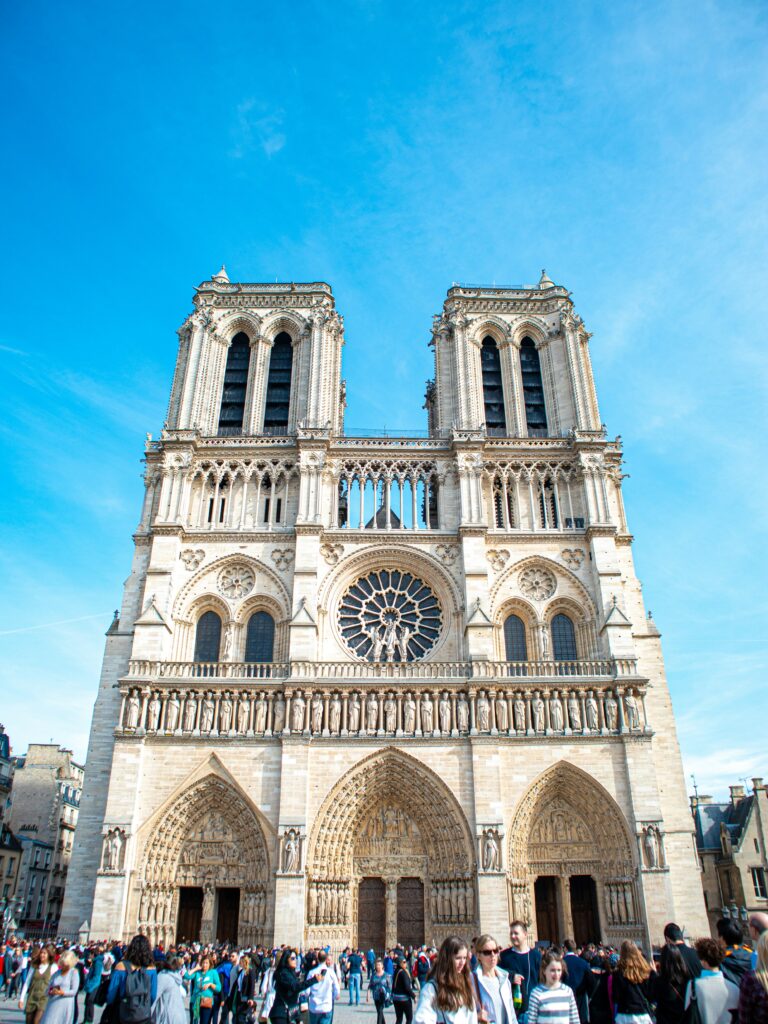
Where is Notre Dame Cathedral and How to Reach?
Notre Dame Cathedral is on a small island in the middle of the Seine River, called the Île de la Cité. The island is connected to both sides of the river by several bridges, like the Pont Notre-Dame, the Pont au Double, and the Pont de l’Archevêché. You can easily get to the cathedral by public transportation, like the metro, the bus, or the train. The closest metro stations are Cité, Saint-Michel, and Hôtel de Ville. The cathedral is also near other popular places to visit, like the Louvre Museum, the Sainte-Chapelle, and the Latin Quarter.
When was Notre Dame Cathedral Built?
The building of Notre Dame Cathedral started in 1163, when a bishop named Maurice de Sully decided to replace the old churches on the island with a bigger and more beautiful one. The first stone was laid by the pope himself, with the king of France watching. The building took almost 200 years, and involved many people, like architects, craftsmen, and donors. The choir and the high altar were finished in 1189, the front and the towers were done by 1250, and the nave and the transept were ready by 1260. The cathedral was mostly done by 1345, but some changes and additions were made later, like the flying buttresses, the spire, the chapels, and the portals.
Why was Notre Dame Cathedral Built?
Notre Dame Cathedral was built to be a place of worship for the Catholic people, and a symbol of the religious, political, and artistic power of Paris. The cathedral was made to honor God and Mary, and to make people feel awe and love for them. The cathedral was also built to keep the relics of the Passion of Christ, which were brought to Paris by King Louis IX in the 13th century. The relics, which include the Crown of Thorns, a nail from the Cross, and a piece of the Cross, are still in the cathedral’s treasury. The cathedral was also built to show off the Gothic style, which was born in France and spread all over Europe. The Gothic style is known for its use of pointed arches, ribbed vaults, flying buttresses, stained glass windows, and sculptural decoration, which create a sense of height, light, and harmony.
Notre Dame Cathedral Inside
The inside of Notre Dame Cathedral is impressive and majestic, with a length of 128 meters, a width of 48 meters, and a height of 35 meters. The cathedral can fit up to 10,000 people, and has 6,000 seats. The inside is divided into five naves, which are separated by rows of pillars and arches. The main nave is surrounded by double aisles and square chapels, and leads to the transept and the choir. The choir is surrounded by an ambulatory and a double row of radiating chapels. The inside is lit by more than 100 windows, most of which are stained glass. The most famous windows are the three rose windows, which are on the front, the north, and the south sides. The rose windows show scenes from the Old and New Testaments, as well as the history of the cathedral and the city of Paris. The inside also has many artistic and historical things, like the statues of the apostles, the kings of Judah, and the prophets, the gargoyles and the chimeras, the tombs and the memorials, the paintings and the tapestries, and the organs and the bells. The inside of Notre Dame Cathedral is a rich and diverse expression of the faith, culture, and history of France.
Restoration Efforts and Challenges Faced by Notre Dame
Over the centuries, Notre Dame Cathedral has undergone several restoration projects to maintain its structural integrity and preserve its historical significance. On April 15, 2019, during a restoration campaign in 2019, a fire broke out in the cathedral’s attic, and the massive blaze destroyed most of the roof, Viollet-le-Duc’s 19th-century spire, and some of the rib vaulting. The international community came together, pledging millions of dollars towards the restoration efforts.
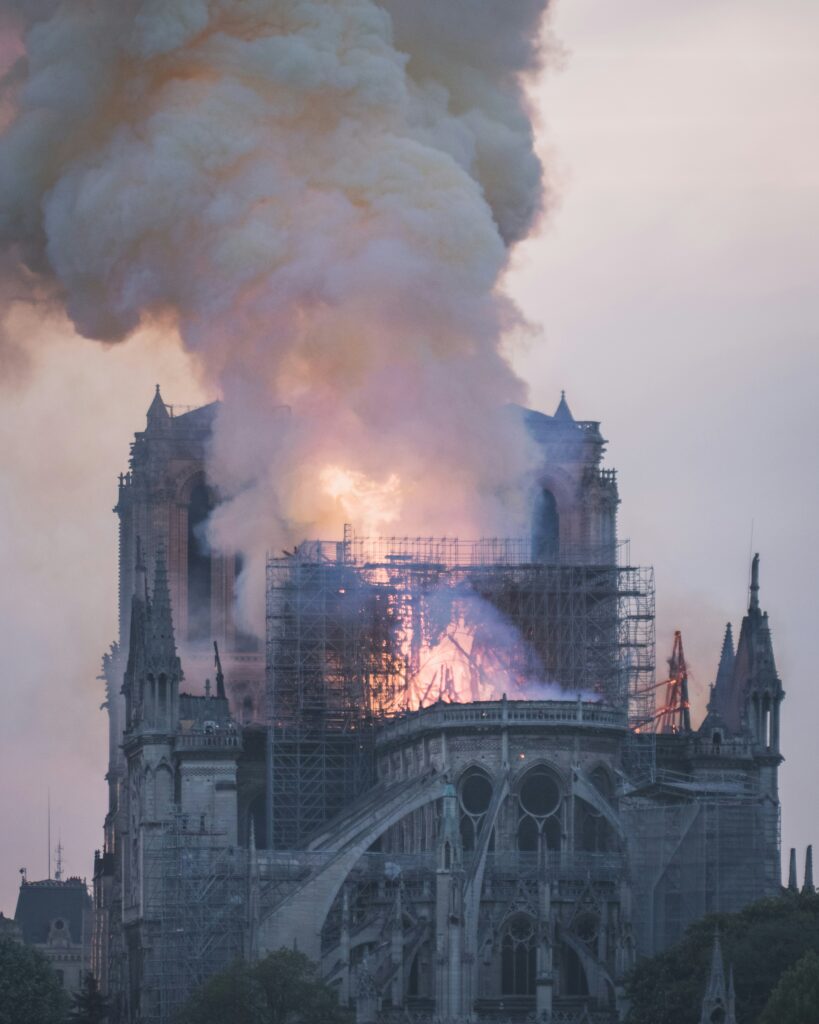
However, the restoration of Notre Dame Cathedral is an ambitious and complex project that has several challenges. Some of the principal obstacles are:
The short timeframe:
President Emmanuel Macron’s goal is to complete the restoration before 2024 when the Summer Olympics will be held in Paris. However, some experts doubt whether this timeline is realistic, given the severe damage as well as the need for thorough planning and implementation.
Safety and stability:
The roofing system and spire were consumed by fire whereas the walls and vaults weakened. This necessitated delicate operations such as dismantling burnt scaffolding and reinforcing with new supports. Additionally, there are adverse weather conditions coupled with pollution which further degrade its structure.
Genuineness versus beauty:
The restoration team must choose between maintaining original features using materials preserved from old cathedral building on one hand or adopting modern standards to meet demands of new generations on another. For instance, a discussion persists if a reconstructed spire should be faithful to Viollet-le-Duc’s 19th-century design or reflect more contemporary trends.
The conservation and restoration:
The cathedral contains numerous valuable artistic and cultural artifacts within its walls. These include the magnificent stained-glass windows, the majestic grand organ, the beautifully crafted statues, the eerie gargoyles, and the sacred relics. It is imperative that these extraordinary pieces be handled with utmost care, undergoing meticulous cleaning, repair, and restoration processes that adhere to traditional methods and expertise. In certain cases, like that of the organ and windows, they have been delicately removed from their original positions in the cathedral and transported to specialized workshops for thorough treatment.
Despite these difficulties, the team working on the restoration has made considerable advancements over the course of the last three years, demonstrating both strength and commitment. The endeavor has garnered extensive backing and contributions from individuals and businesses, not only within France but also from other nations. The renovation of Notre Dame Cathedral encompasses more than just technical and creative pursuits; it represents a profound emblem of France’s faith, culture, and past.




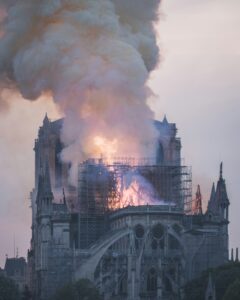



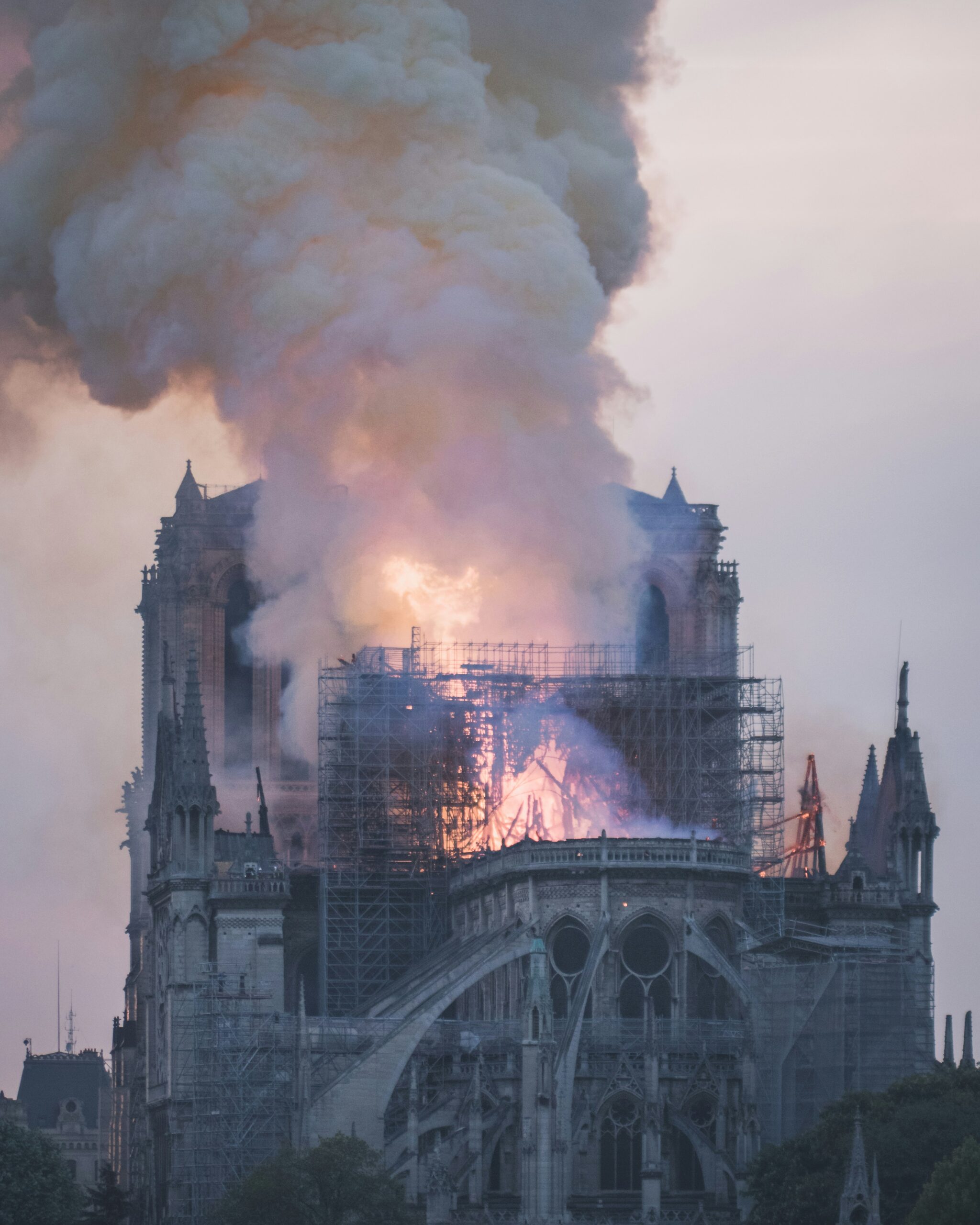




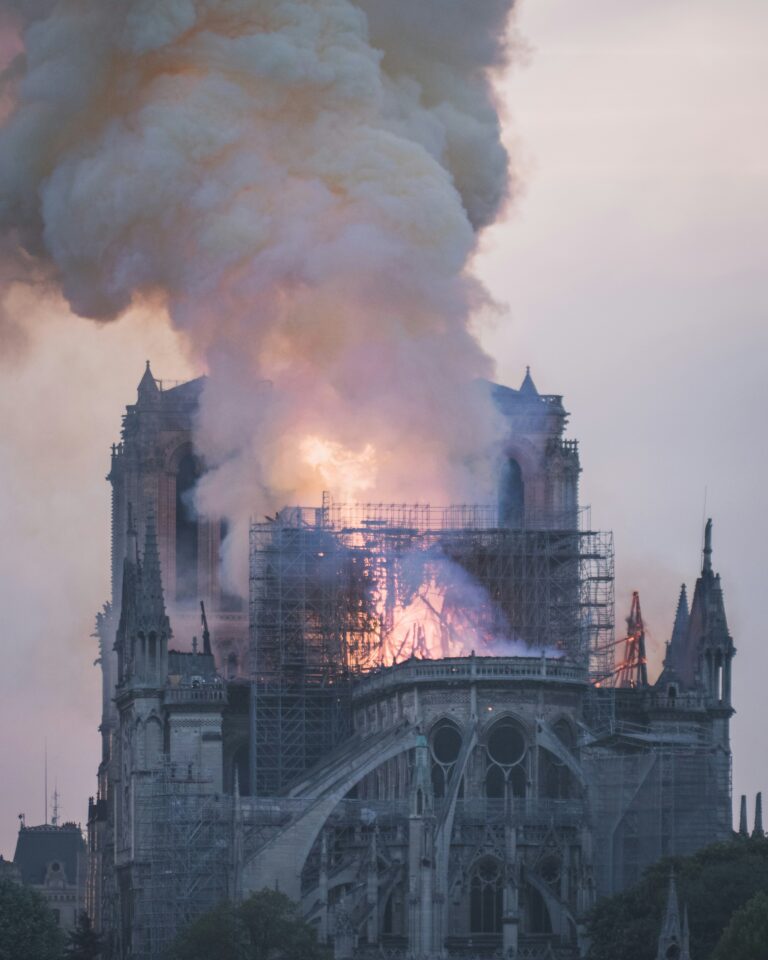


+ There are no comments
Add yours